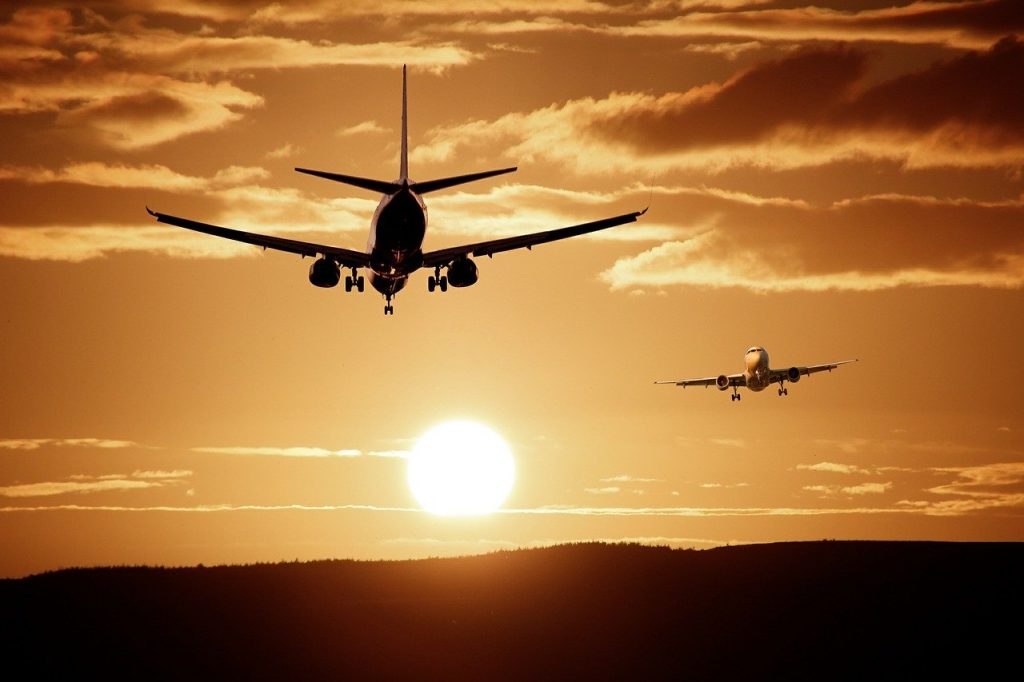Travel bubbles, also known as travel corridors or air bridges, are agreements between two or more countries or regions that allow for easier movement of travelers without the need for strict quarantine measures. These agreements are typically formed between areas with low or controlled COVID-19 transmission rates. The primary goal of travel bubbles is to revive tourism and business travel while ensuring the safety of travelers and residents.
Travel bubbles provide an alternative to traditional international travel restrictions. They work by creating a mutual understanding between participating nations regarding testing protocols, vaccination requirements, and safety measures. This concept emerged during the COVID-19 pandemic and remains relevant for maintaining cross-border relationships and economic stability.
How Travel Bubbles Work
Travel bubbles rely on trust and collaboration between participating regions. Both sides agree on health standards, testing procedures, and vaccination requirements. These protocols are designed to reduce the risk of virus transmission while allowing smoother travel experiences.
Key elements of travel bubbles include:
- Pre-Travel Testing: Most travel bubbles require negative COVID-19 test results before departure. This ensures that travelers are virus-free and reduces the risk of outbreaks.
- Vaccination Requirements: Some agreements mandate that travelers be fully vaccinated to participate in the bubble. This adds an extra layer of protection for both the travelers and host countries.
- Streamlined Procedures: Travel bubbles often involve simplified customs and immigration processes. This minimizes delays and promotes a hassle-free travel experience.
- Reciprocal Agreements: Both participating regions provide the same level of access to each other’s citizens, fostering equality and mutual trust.
By implementing these measures, travel bubbles aim to create a safe and efficient system that benefits both travelers and host countries.
Benefits of Travel Bubbles
The establishment of travel bubbles offers several advantages, particularly for economies and industries heavily reliant on tourism. These benefits include:
- Economic Revival: Tourism-dependent economies benefit significantly from the reopening of borders. Hotels, restaurants, and local businesses see an increase in revenue, helping to mitigate financial losses from prolonged lockdowns.
- Boost to Airlines: Airlines are among the hardest-hit sectors during travel restrictions. Travel bubbles provide them with an opportunity to resume operations, regain lost revenue, and ensure job security for employees.
- Reconnecting Families: Travel bubbles make it easier for families separated by international borders to reunite. This fosters emotional well-being and strengthens personal connections.
- Promoting Safe Travel: With strict health protocols in place, travel bubbles ensure that the risk of virus transmission is minimized, offering peace of mind to travelers.
- Stimulating Business Activities: Businesses reliant on international travel, such as conferences and trade shows, can resume operations, driving economic growth and innovation.
Challenges in Implementing Travel Bubbles
While travel bubbles offer numerous benefits, they are not without challenges. The implementation of these arrangements requires careful planning and ongoing adjustments. Some of the primary obstacles include:
- Unequal Vaccination Rates: Disparities in vaccination rates between countries can complicate the establishment of travel bubbles. Host nations may hesitate to partner with regions where vaccination coverage is low.
- Emergence of New Variants: The appearance of new COVID-19 variants can disrupt existing travel bubbles, leading to sudden closures or adjustments in protocols.
- Administrative Complexity: Negotiating and maintaining travel bubble agreements can be bureaucratically challenging. Differences in health policies and travel regulations require continuous collaboration and updates.
- Traveler Compliance: Ensuring that travelers adhere to safety protocols is essential for the success of travel bubbles. Non-compliance can jeopardize the arrangement and lead to outbreaks.
Despite these challenges, effective communication and mutual trust can help overcome hurdles and ensure the smooth operation of travel bubbles.
Examples of Successful Travel Bubbles
Several travel bubbles have been successfully implemented worldwide, setting benchmarks for others to follow. Notable examples include:
- Australia and New Zealand: One of the earliest travel bubbles, this agreement allowed citizens of both countries to travel without quarantine, provided they met health requirements. It demonstrated the potential of travel bubbles to restore confidence in international travel.
- Singapore and Hong Kong: Although delayed due to spikes in cases, this travel bubble showcased the importance of flexibility and readiness in response to changing circumstances.
- Baltic States: Lithuania, Latvia, and Estonia created a regional travel bubble that enabled free movement among their citizens. This initiative supported local economies and encouraged tourism within the region.
These examples highlight how travel bubbles can be tailored to specific needs and conditions, offering valuable lessons for future implementations.
The Future of Travel Bubbles
As global vaccination rates increase and the world adapts to living with COVID-19, travel bubbles may evolve into broader agreements. They could serve as models for managing travel during other public health crises or emergencies. Governments and industries must continue to innovate and collaborate to ensure the sustainability of these arrangements.
Key trends shaping the future of travel bubbles include:
- Integration with Digital Health Passports: The use of digital health certificates can streamline travel processes and enhance safety.
- Expanding Regional Cooperation: Neighboring countries with similar health standards may form larger travel bubbles, boosting economic and cultural exchanges.
- Adaptability to New Challenges: Flexibility in policies and rapid responses to emerging threats will be critical for maintaining trust and functionality.
By addressing current challenges and leveraging technological advancements, travel bubbles can remain a vital tool for safe and efficient travel in the years to come.


